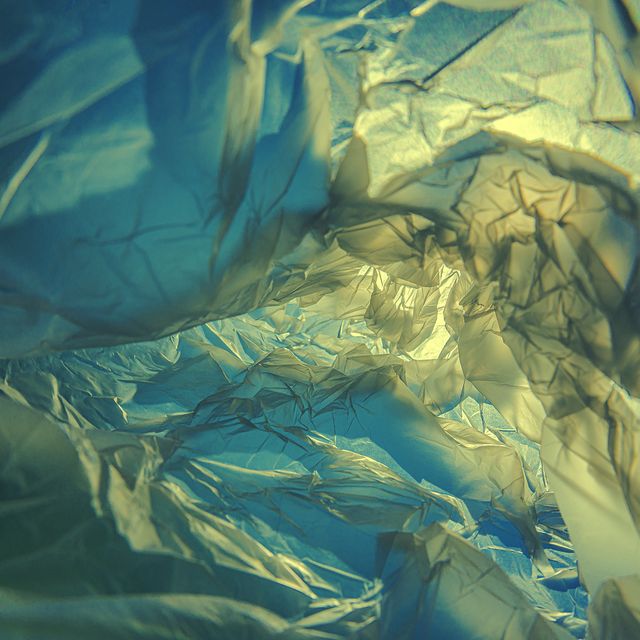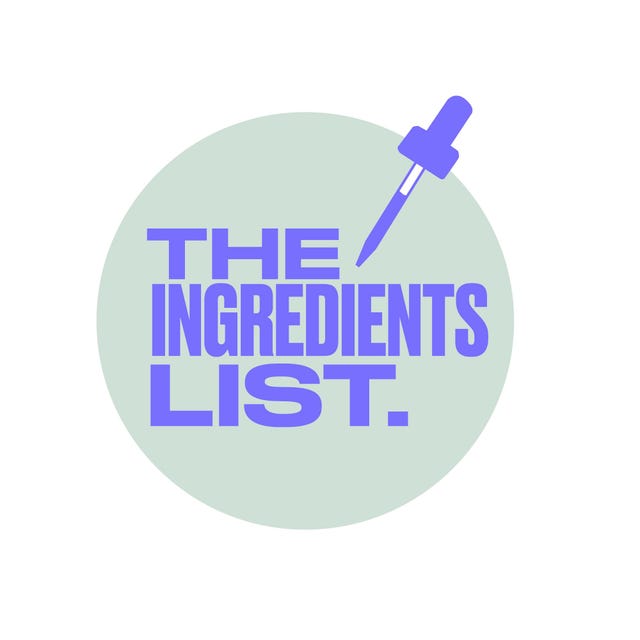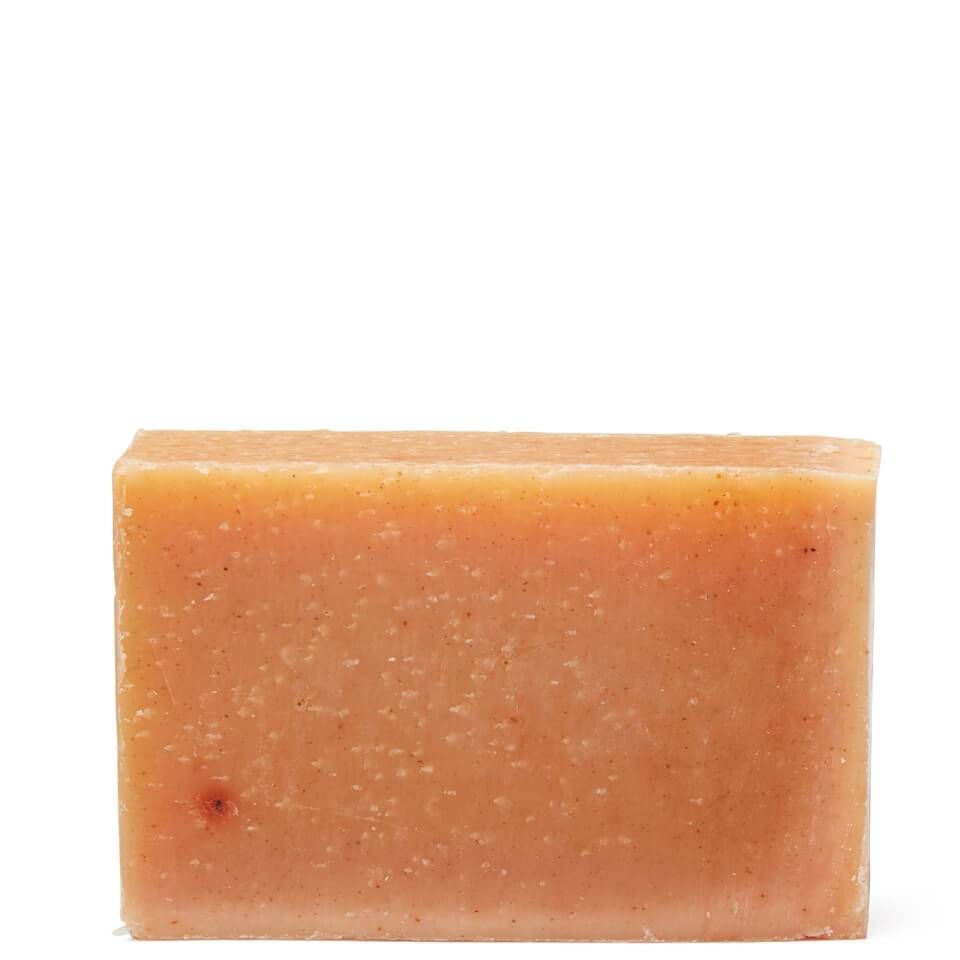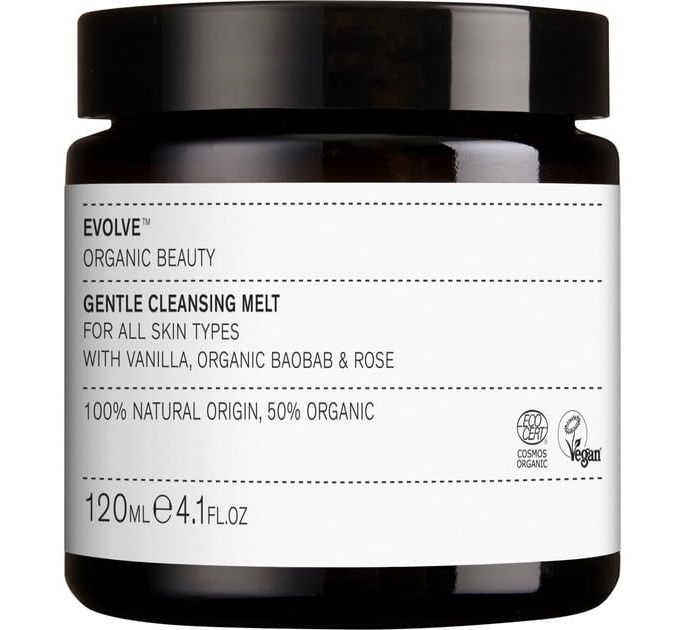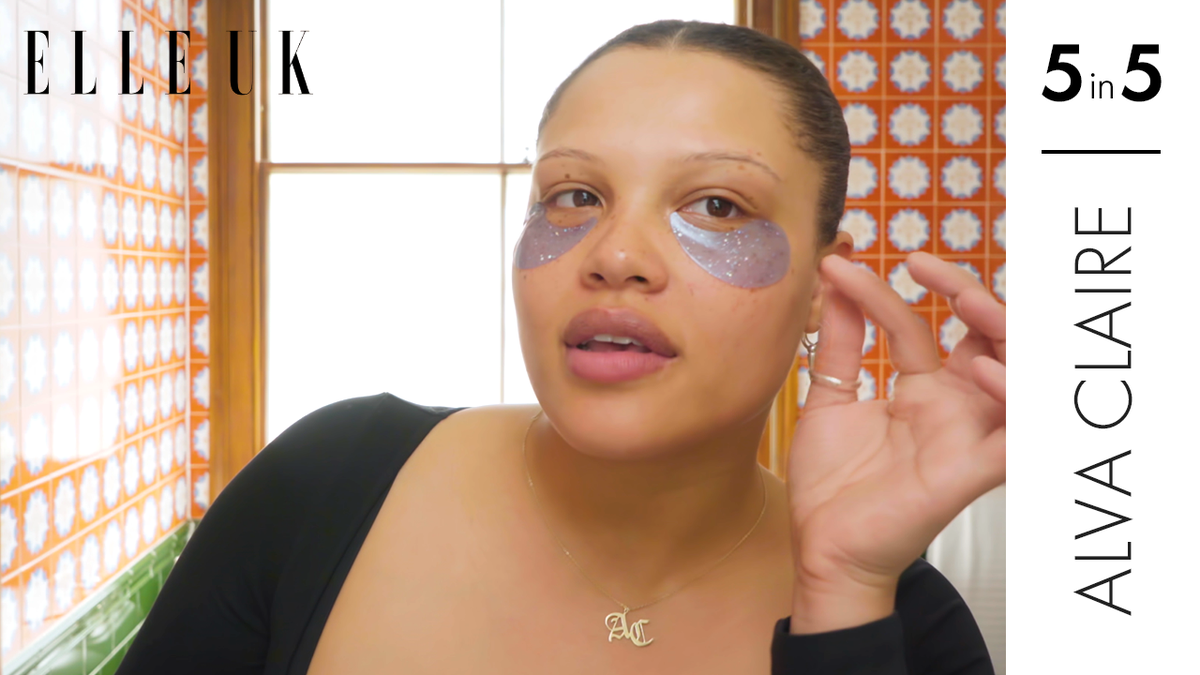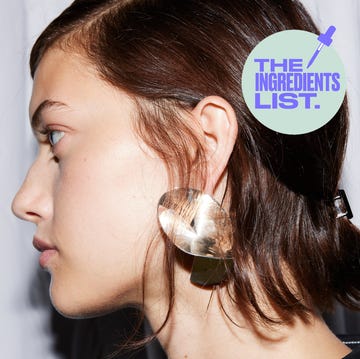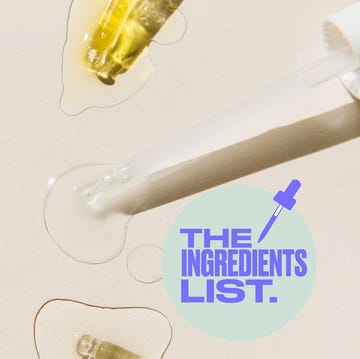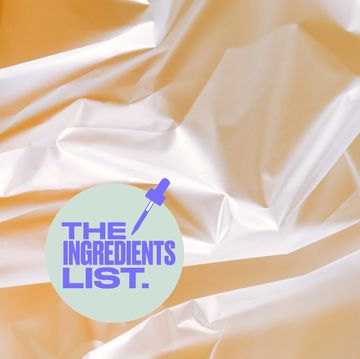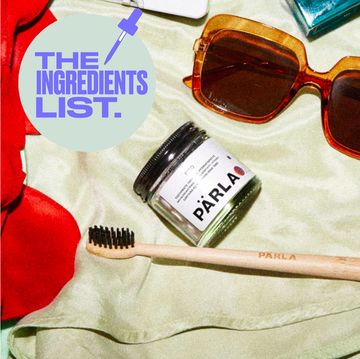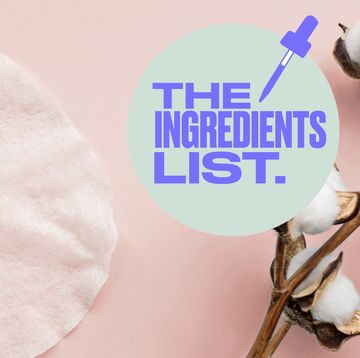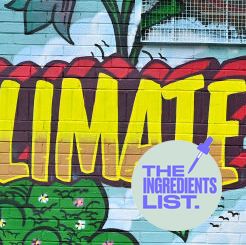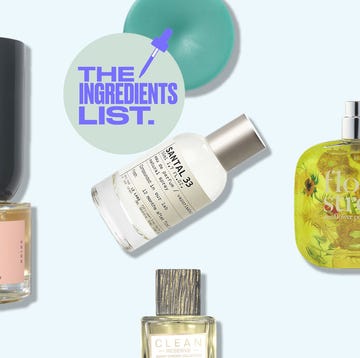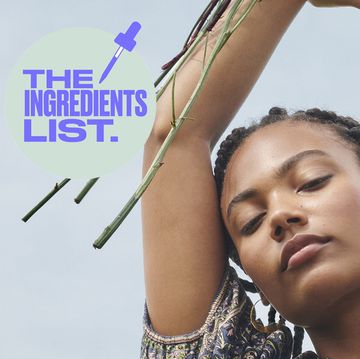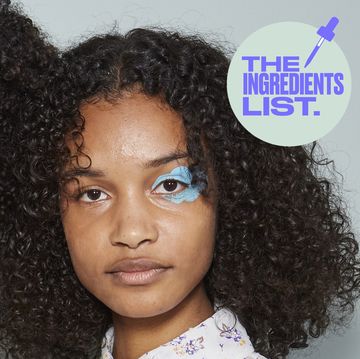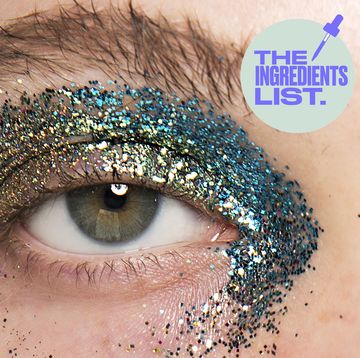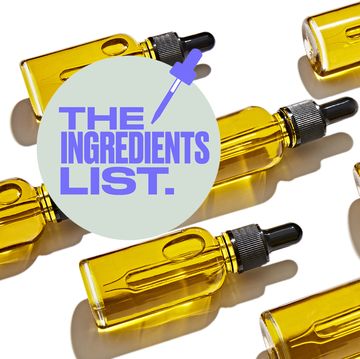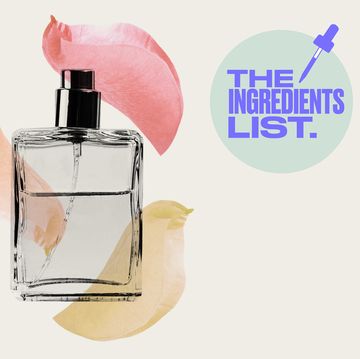The Ingredients List - Breaking down the what, where and why of natural and eco-friendly beauty.
It's far from new news that the beauty industry has a packaging problem. You’ll have likely seen the stat that 120 billion units of packaging are produced every year by the global cosmetics industry. Many of our favourite products are housed in plastic and much of that can’t or won’t be recycled. In fact, only 50% of bathroom waste ends up actually being recycled.
Over the last five years, many brands have made steps in the right direction when it comes to sustainability whether it’s going zero waste, switching to more planet-friendly materials like aluminium, or investing in refillable solutions.
The next trend gaining traction? Plastic negative beauty. It might sound like a contradiction in terms but when done right can make a difference to our planet. Plus, with the introduction of the Plastic Tax taking place this month, it's a win win for everyone to lean into the plastic negative movement asap.
What is plastic neutral or plastic negative beauty?
Plastic neutral or plastic negative beauty goes one step further than being zero waste. Zero waste beauty products tend to eschew the use of any plastic in their making but these brands might still use plastic at some point in their manufacturing or production (more on that later). To claim plastic neutrality or negativity, they need to do more.
London-based skin and body brand UpCircle is one of the first beauty businesses to do this. 'For every product we sell, we are contributing a percentage towards vetted impact programs that will remove more plastic waste from the environment than we create in our packaging and operations,' co-founder Anna Brightman explained. 'Plastic neutral would be the removal of as much plastic as your brand uses, plastic negative means we remove twice as much as we use,' she clarified.
Of course, there is no way to magically unmake plastic that has been created but by working in this way brands can invest in schemes which help deal better with the plastic already in our environment.
How can a brand be plastic neutral or plastic negative?
To start with, a brand must calculate how much plastic they use. This might sound simple but this isn’t just about the products that end up in your bathroom but the entire supply chain. Brightman highlights how they have to include both direct and indirect plastic. Direct being something they have control over like the packaging, and indirect being something they have less say about like how it is shipped to stores or distributors.
Once calculated, brands tend to partner with an organisation who do the work in removing plastic from the environment. Take Evolve Beauty, the organic skin, body and hair brand who recently partnered with rePurpose Global, one of the leading organisations on plastic neutrality.
Via rePurpose Global, Evolve have invested in a social enterprise in India that is focused on ethically collecting and disposing of hazardous MLP (Multi-laminate plastic) waste. 'This type of plastic is virtually indestructible and if it is left uncollected, it will remain in oversaturated landfills for hundreds of years, or eventually leak into the oceans where it will break down into microplastic and be ingested by marine wildlife,' Laura Rudoe, founder and CEO of Evolve Beauty, explained.
The project not only diverts plastic from ending up in the seas but also helps local communities. 'This partnership enables us to not only fund cutting-edge, sustainable waste management, but it also allows us to support ethical wages for marginalised waste workers,' Rudoe confirmed.
What about greenwashing?
With terms like plastic negative or neutral, it’s natural to assume that a dash of greenwashing might be going on. The terms in itself are a little misleading. At the crux of it, the most sustainable and plastic-free option is always buying nothing over buying something. However, buying from brands that are investing in positive waste schemes offered by organisations like rePurpose Global can be a good thing.
But, it’s worth checking whether the brand is also doing everything it can to reduce its own plastic footprint and not simply using these partnerships to pay its way out of the problem.
'I think current projects looking to take brands to Plastic Neutral and Negative are positive and moving brands in the right direction but there are always two sides to this. We must up the rate of plastic being recycled and ultimately move away from using plastic completely,' Yolanda Cooper, Founder of Plastic Free Beauty Day, commented.
Plus, plastic is just one piece of the complex sustainability puzzle and its therefore brands who are making positive change across the board for our planet that are most worth investing in.
